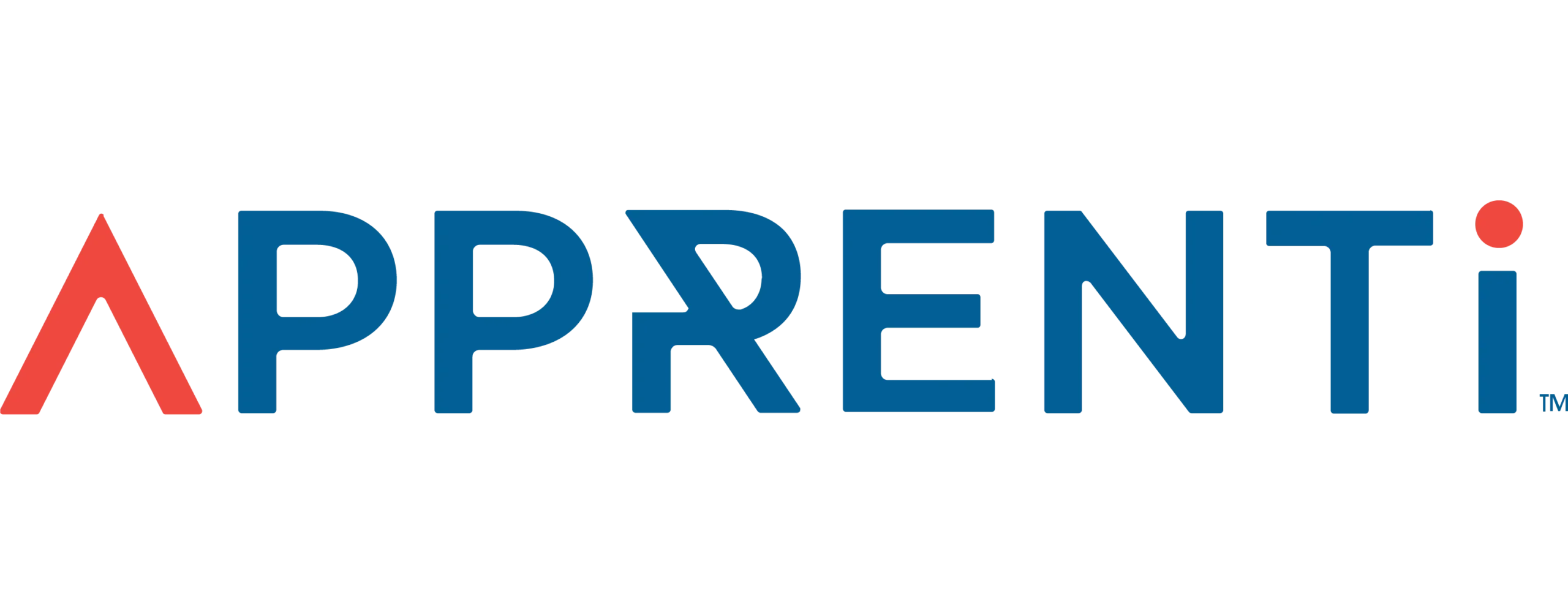We’re following this closely, folks.
President Trump issues an executive order yesterday that clarifies the Federal approach to Registered Apprenticeships and Work-Based Learning.
Preparing Americans for High-Paying Skilled Trade Jobs of the Future – The White House
We’re excited that it aligns perfectly with our mission. The mandate specifies how important it is to strip out all the inefficiency in the programs and make standardized analytics possible across all programs.
Strategy Section In Full:
*Bolding by GoSprout
Sec. 3. Comprehensive Worker Investment and Development Strategy. Within 90 days of the date of this order, the Secretary of Labor, the Secretary of Commerce, and the Secretary of Education shall review all Federal workforce development programs and submit to the Assistant to the President for Domestic Policy and the Director of the Office of Management and Budget a report setting forth strategies to help the American worker. That report shall identify the following:
(a) Opportunities to integrate systems and realign resources to address critical workforce needs and in-demand skills of emerging industries and companies investing in the United States as determined, to the extent permissible by law, by prospective employers. The report shall include:
(i) administrative reforms to agency policies and programmatic requirements;
(ii) process improvements to better the experience for program participants; and
(iii) recommendations to further restructure and consolidate programs.
(b) Federal workforce development and education programs, or related spending within these programs, that are ineffective or otherwise fail to achieve their desired outcomes. Each identified program should be accompanied by a proposal to reform the program, redirect its funding, or eliminate it.
(c) Available statutory authorities to promote innovation and system integration in pursuit of better employment and earnings outcomes for program participants.
(d) Opportunities to invest in the upskilling of incumbent workers to meet rapidly evolving skill demands of their industries, including the use of Artificial Intelligence in the workplace.
(e) Strategies to identify alternative credentials and assessments to the 4-year college degree that can be mapped to the specific skill needs of prospective employers.
(f) Efficiencies to streamline information collection, including through:
(i) harmonizing performance measures;
(ii) reducing the burden on grantees; and
(iii) ensuring that performance outcomes are measured using the most reliable data sources.
Want to Learn More About Your Registered Apprenticeship Opportunities?
BOOK A FREE CONSULTATION
More Analysis to Follow
We’re following this closely and will make updates as we know more.















